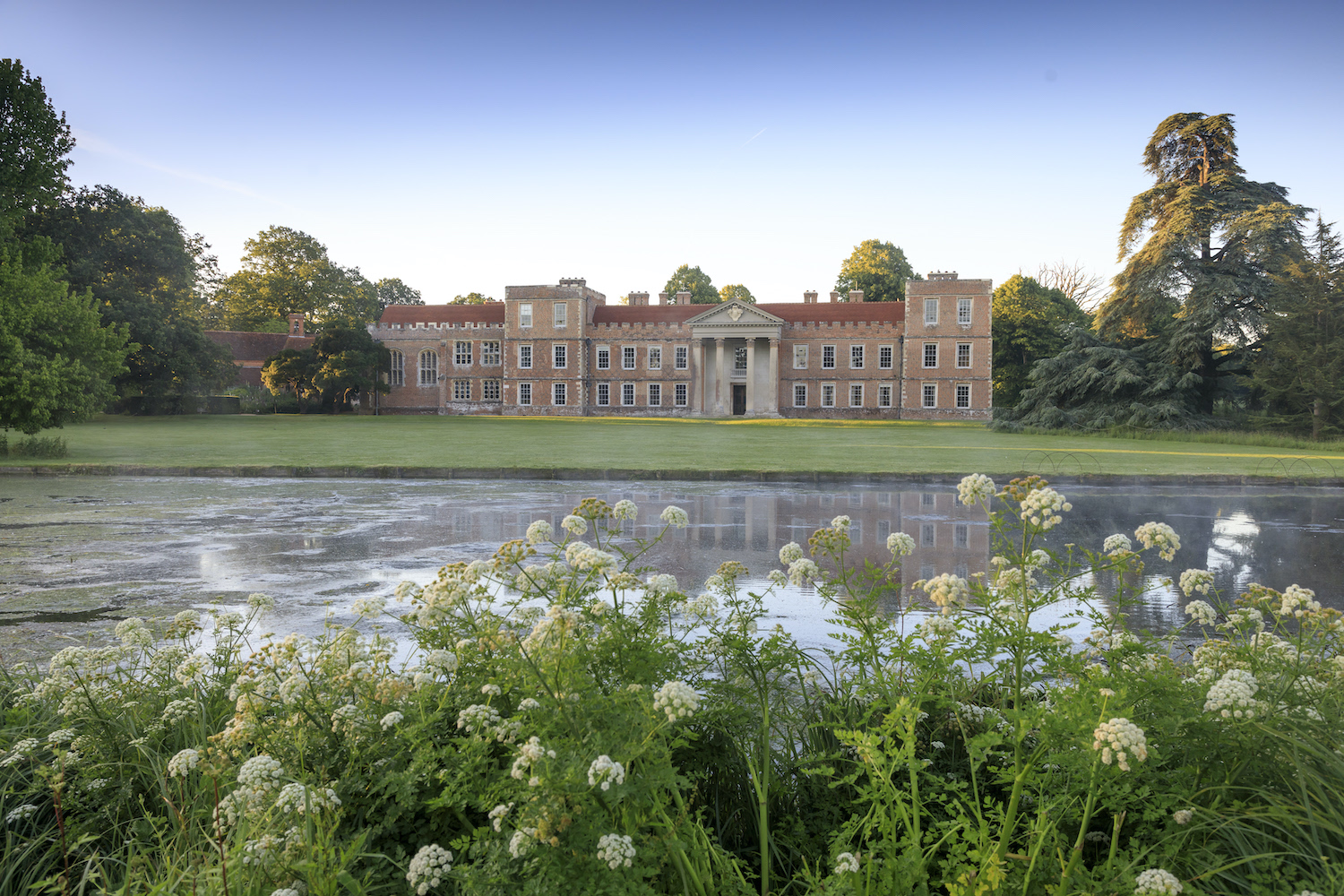Protection for 18th-century stained glass
Some of the rarest surviving examples of 18th-century stained glass in Britain has been fitted with environmental protective glazing – known as ‘isothermic glazing’ – to protect it from the ravages of weathering intensified by the impact of increasing rainfall and heat from the sun.
The artwork, by leading glassmaker John Rowell, has formed part of the Gothic tomb chamber at The National Trust’s The Vyne in Hampshire for over 250 years. The elaborately decorated chamber was created as a family mausoleum by John Chute, who also designed part of Horace Walpole’s Strawberry Hill in Twickenham.

But more recently, bad weather exacerbated by climate change has affected the fragile condition of the window, causing the painted detail to flake, leadwork to warp and leak, and cycles of condensation to eat away at the surface of the glass.
The marble tomb featuring an effigy of Chaloner Chute, The Vyne’s original 17th-century owner, has also been affected, the surface starting to erode into small crystals, known as ‘sugaring’.
Following a year of careful monitoring, the glass was removed and taken to specialist stained glass conservators, Holy Well Glass in Wells, Somerset. There, experts repaired cracks to the historical glass, and meticulously cleaned it under binocular microscopes, rolling cotton buds soaked in solvent gently across the surface to ensure none of the original painted detail was lost.

A secondary glazing layer was added in lead and hand-made glass, replicating the traditional methods found in the stained glass. This was mounted in the original timber frame, with the historical stained glass mounted in a bespoke bronze frame marginally inside its original position. The space between the layers has been ventilated to avoid creation of a microclimate, which could lead to condensation. The new glazing will take the brunt of weather conditions, particularly heat and damp, protecting the painted glass but also the walls and interior features of the chamber itself.
Jack Clare, Director of Holy Well Glass, said: “This highly significant glass is exceptionally fragile, and showed clear signs of deterioration due to its environmental conditions. We are seeing increasingly frequent extreme weather events, which are exacerbating the deterioration of our historical buildings. This is becoming a major consideration in caring for our nation’s historic buildings, with concerns affecting the approach of a wide range of works, from guttering to glazing.”
The jewel-like glass window, which depicts the Adoration of the Shepherds after Van Dyck, is believed to be the most important surviving example of Rowell’s work. Originally a plumber, Rowell was a self-taught glass-maker and although accomplished, his paint was not durable enough to withstand the test of time and would ‘vanish’ from the glass. Very little of his work remains.

The window is one of two stained glass panels in the tomb chamber to receive protective glazing. The second, which depicts the same scene, was made by Rowell’s great rival and another prominent glass-maker, William Price. The two craftsmen regularly competed for commissions.
National Trust curator at The Vyne, Dominique Shembry, said: It’s wonderful to see these two beautiful windows back in their rightful place, looking so clean and free from mould! They really bring to life the beauty of the Tomb Chamber memorial that John Chute created for his ancestors and showcase the work of two of the leading stained glass makers of the time.”


